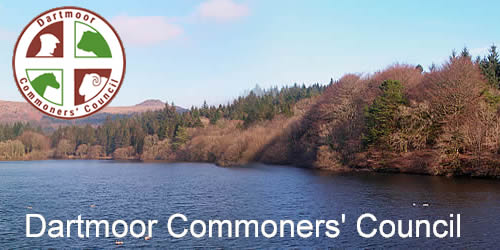The Public Benefit
The Commons' vegetation is in agricultural terms to 'rough grazing' and as such is a critical asset to those farming the commons. Much of the vegetation is very valuable for its biodiversity, and is recognised as nationally important and notified as Sites of Special Scientific Interest (SSSI) under English law. Some is of international importance and designated as Special Areas for Conservation (SAC) under European directives. All the commons provide open public access and together this provides the largest area of public access in southern England. In addition there are trails and footpaths stretching for over 730 kms.
Only skilfully managed grazing maintains both the rich mosaic of plants (and thus insects, birds and mammals) on which the biodiversity value rests, and only that same grazing keeps the vegetation below knee height, through which walking and riding are possible.
The grazing also, of course, sustains the visual textures of Dartmoor’s landscapes and enables the opportunity to see it, which with its accessibility are the reasons for its designation as a National Park.
Dartmoor holds the richest concentration of prehistoric sites in western Europe. Bronze Age hut circles, pounds and ceremonial monuments are particularly numerous. They only remain visible to us if the vegetation is grazed to at least the intensity that it was by the builders of those structures.

Scorhill Stone Circle
The stock (cattle, sheep and ponies) owned by the Commoners are key to the delivery of a wide array of public benefit, as well as the 'start' of the food chain. The lambs and calves are often fattened for meat in lower, more lush pastures. The mix of grazing creates a diversity of vegetation and maintains the open landscape of the Dartmoor Commons.
Many of the commons are under an agri-environment agreement whereby commoners are paid public money for 'conservation grazing' and agreeing other works and management of the land to enhance biodiversity, protect archaeology, conserve carbon, help manage water resources and deliver a landscape that millions enjoy each year.
